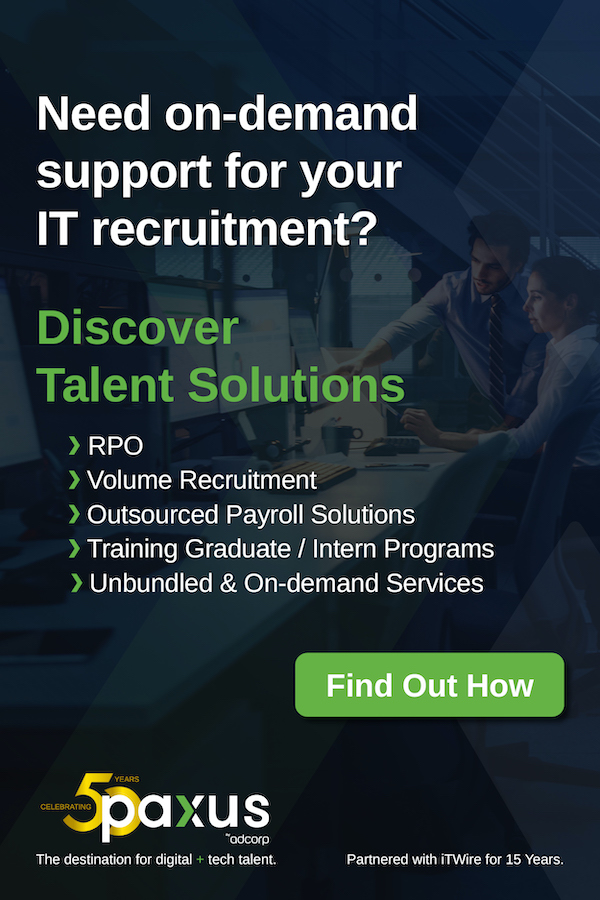Gartner predicted spending on public cloud services in Australia would reach $10.4 billion this year; up an impressive 18 per cent on the 2020 total spend. Software as a service is expected to account for a little over half that amount.
The COVID pandemic has helped to precipitate a number of cloud migration journeys. After being forced to introduce remote working on the fly when nationwide lockdowns made business as usual an impossibility, leaders who’d already switched to cloud quickly realised the wisdom of that decision. Their employees were able to log on and carry on from home, with minimal disruption.
For organisations that were heavily reliant on legacy, in-house data centres and applications, it was a rather different story. Many struggled to maintain business continuity and provide employees with access to the data and solutions they needed to work efficiently outside the office.
Faster financials
One of the areas of operation where organisations have most to gain from a move to the cloud is the finance department. Big businesses know this and they’re voting with their feet. Within two years, 60 per cent of them globally will be using cloud software to make their end of month close processes more efficient, according to Gartner estimates.
Mid-sized businesses have been slower to follow suit up to now and it’s to their detriment. A continuous accounting platform hosted in the cloud can deliver not just productivity and efficiency gains and a means of ensuring business continuity during periods of disruption but also access to up-to-the-minute data and insights.
The term ‘continuous accounting’ is used to describe a methodology for managing the accounting process by spreading the workload evenly across the accounting cycle. It is based on three principles: automating repetitive processes; eliminating bottlenecks at the end of the accounting period and creating a continuous improvement culture.
With a continuous accounting platform in place, organisations are able to maintain up-to-date accounts at all times. Having an accurate picture of the financial status quo – today, not three months earlier – means leaders can make data driven decisions with confidence. In uncertain times, that’s a powerful advantage.
Lower overheads and greater flexibility
Migrating to a cloud based financial platform doesn’t just represent an opportunity to do things smarter and faster. There’s also the potential for businesses to make serious savings and shift their expenditure from the CapEx to the OpEx column. Yes, there are some inevitable costs, such as change management and training, that come standard when organisations switch applications.
What there isn’t is the sizeable upfront cost and the ongoing maintenance spend that formerly came as standard when implementing a new in-house platform or solution. Instead, enterprises that adopt a cloud based continuous accounting solution have the surety of a single monthly fee and can scale up swiftly and seamlessly, should their operations expand.
Creating a stronger future
The upcoming years will bring challenges aplenty for Australian businesses as they recover from Covid, restructure their operations and position themselves to take advantage of growth opportunities. A finance department that’s ‘fighting fit’: ready, willing and able to support business leaders by providing the up-to-the-minute data they need to inform strategic decision making will be a powerful – and essential – asset. For local enterprises yet to commit to the cloud, the clock is ticking.









































